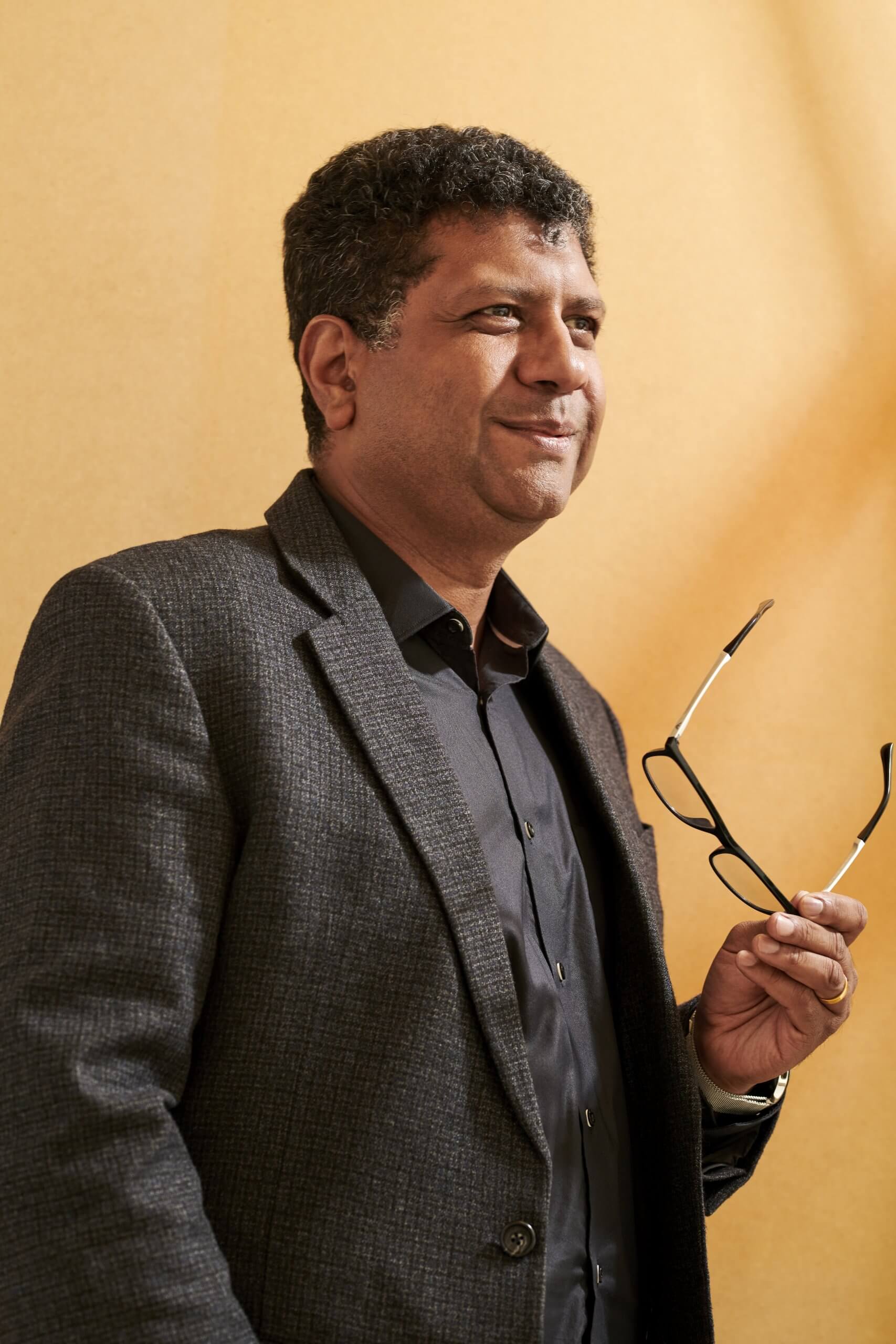ID’s Shapeshift Summit: Shaping Our Future with AI
July 3, 2025


Over 200 attendees from 8 countries and 58 US cities convened for the Shapeshift Summit.
Design and tech leaders gathered at the Institute of Design (ID) in late May to reimagine how we approach AI—shifting the conversation from what technology can do to what we think it should do. Representatives from Adobe, Amazon, Microsoft, Waymo, WhatsApp, and dozens of other organizations tackled the hard questions about artificial intelligence’s role in society.
An unusual sentiment emerged: In a room of usually optimistic designers, only forty percent felt hopeful about the current direction of AI. This reality check framed the entire Shapeshift Summit around a central premise: Artificial intelligence isn’t just a technology story—it’s a design challenge that must prioritize human agency and equitable access for all communities.
Shapeshift Global Summit: Responsible AI
The 2025 Shapeshift Summit moved AI conversations from a focus on technology to a focus on human impact.
Global thought leaders from the creative, technology, and business communities discussed the implications of AI on the future of design and human systems.
Shapeshift Global Summit: Responsible AI | Salon Recap
In 2024, the Institute of Design collaborated with global partners to host locally-organized salons in Auckland, Tokyo, Pune, and New York City. Each salon focused on using AI for a distinct local concern. The lessons from these salons served as a starting point for the conversations at the 2025 Shapeshift summit.
Can AI Serve Everyone?

Rohit Prasad, Chief Scientist, Artificial General Intelligence, Amazon
Day 1 of the Summit focused on “AI + Systems“—how artificial intelligence is transforming civic infrastructure, public services, and global business. Sessions ranged from Rohit Prasad‘s keynote on professional futures in the age of artificial general intelligence to panels on autonomous vehicles, media misinformation, and the global implementation of responsible AI practices.
Ryan Powell (MDes 2001) discussed Waymo’s approach to designing self-driving cars that integrate with existing public transit, potentially reshaping urban transportation from individual ownership to shared systems that serve broader community needs.
Corporate leaders from Microsoft, WhatsApp, SAP, and Grainger shared how their organizations are building systems that prioritize long-term social value, not just short-term gain.

Avani Agarwal and Moneta Ho Kushner, WhatsApp
Moneta Ho and Avani Agarwal shared insights on designing WhatsApp’s AI experiences for over three billion users worldwide, emphasizing how privacy constraints shape product decisions and how extensive user research across continents and contexts informs feature development.
How Do We Stay Human?

TB Bardlavens, Director of Product and Product Equity, Adobe, presenting at the Shapeshift Summit.
The second day of the Summit examined “AI + Humans“—artificial intelligence’s influence on individual experience, well-being, and identity. Conversations explored both systemic and organizational challenges in creating responsible AI.
TB Bardlavens discussed fostering difficult conversations within tech companies to address bias and ensure that products serve marginalized communities globally rather than reinforcing existing inequalities. He argued that thoughtful regulation actually spurs, rather than stifles, innovation.

Anamitra Deb speaking to Jessica Meharry (PhD 2022) at the 2025 Shapeshift Summit.
Anamitra Deb from Omidyar Network emphasized that technology alone cannot solve societal challenges without human care and compassion, advocating for broader coalitions that include youth and marginalized communities in shaping AI governance to ensure technology serves the public interest rather than concentrating power in the hands of a few.



Ryan Powell (MDes 2001), Director and Head of User Experience, Waymo, discusses the design of autonomous driving experiences during the 2025 Shapeshift Summit.

Albert Shum, Terry Williams-Willcock, and other attendees and presenters enjoy the 2025 Shapeshift Summit.
Immersion Grounds AI Conversations in Reality

Parsons & Charlesworth site visit

One cohort of attendees witnessed these challenges firsthand. Their immersion program started at the National Public Housing Museum in Chicago, where multimedia exhibitions chronicled decades of housing discrimination, from historic redlining to today’s algorithmic bias.
Participants continued site visits with Mindworks behavioral lab to explore new ways of understanding human decision-making and visited speculative artists Parsons & Charlesworth, who challenged them to consider the most extreme possibilities of our digital futures. Salesforce’s AI philanthropy team wrapped up with a hands-on exercise investigating ways to reduce AI risks in consumer-facing technology.
A Human Ending

The Summit concluded with Chicago’s The Second City improv theater synthesizing the event’s takeaways through comedy. It was a fitting end—AI despite all its advancements, still can’t make us laugh like another human can. In a moment when technology feels overwhelming, humor offered both perspective and the kind of optimism that comes from shared human experience.
These cross-disciplinary conversations across all three days reframed questions about AI’s role in society, bridging the gap between what technology can do and what it should do. The Summit demonstrated that shaping our collective future requires moving our thinking around artificial intelligence from beyond technical capabilities to examine how design choices, governance frameworks, and human-centered approaches can create technology that truly serves everyone.

